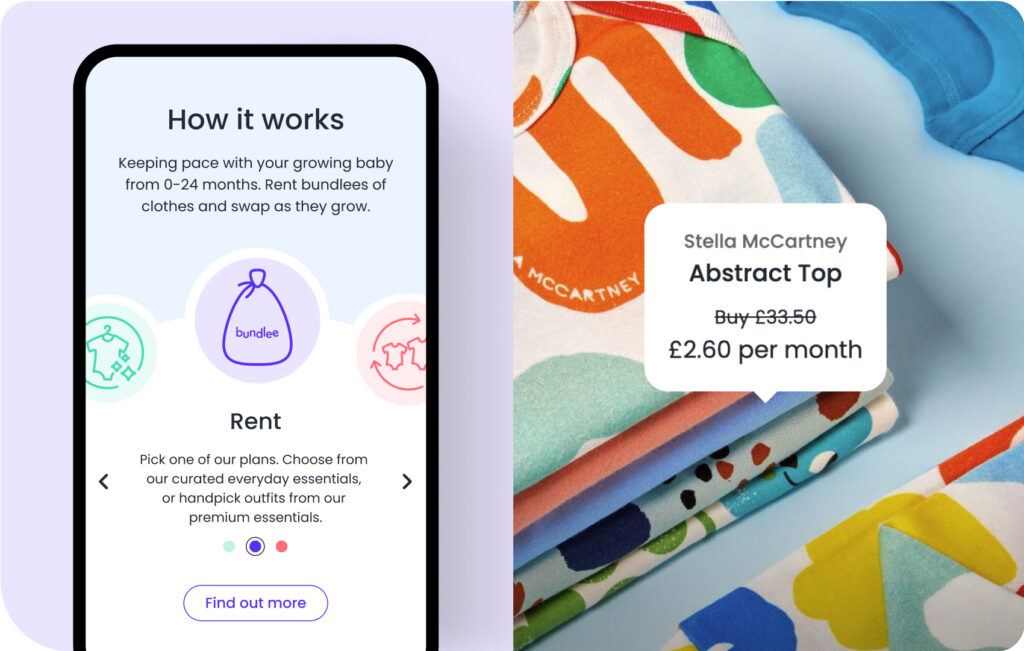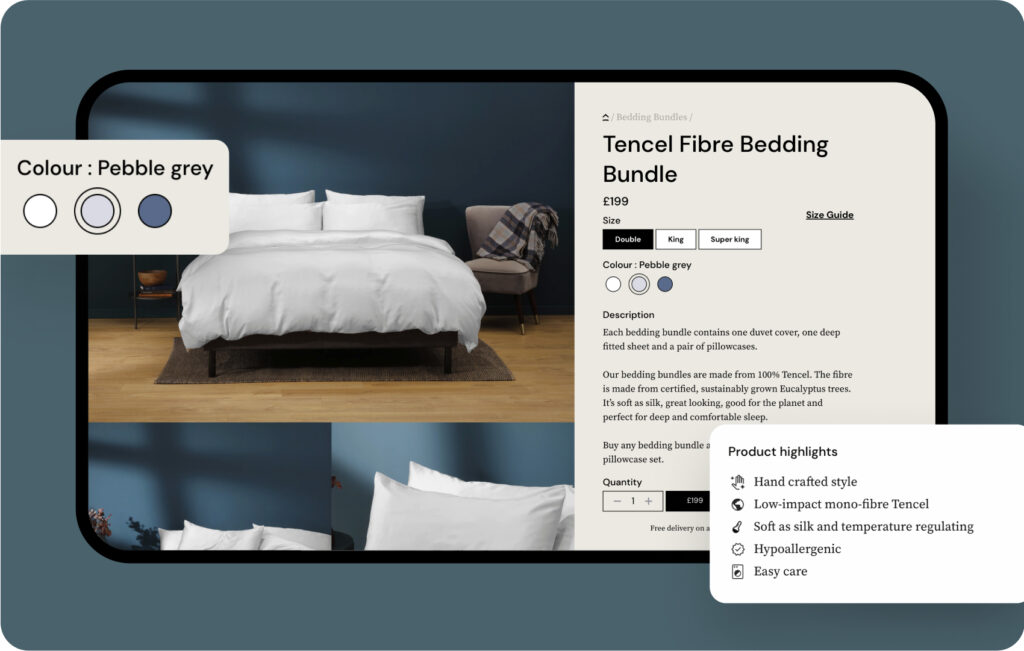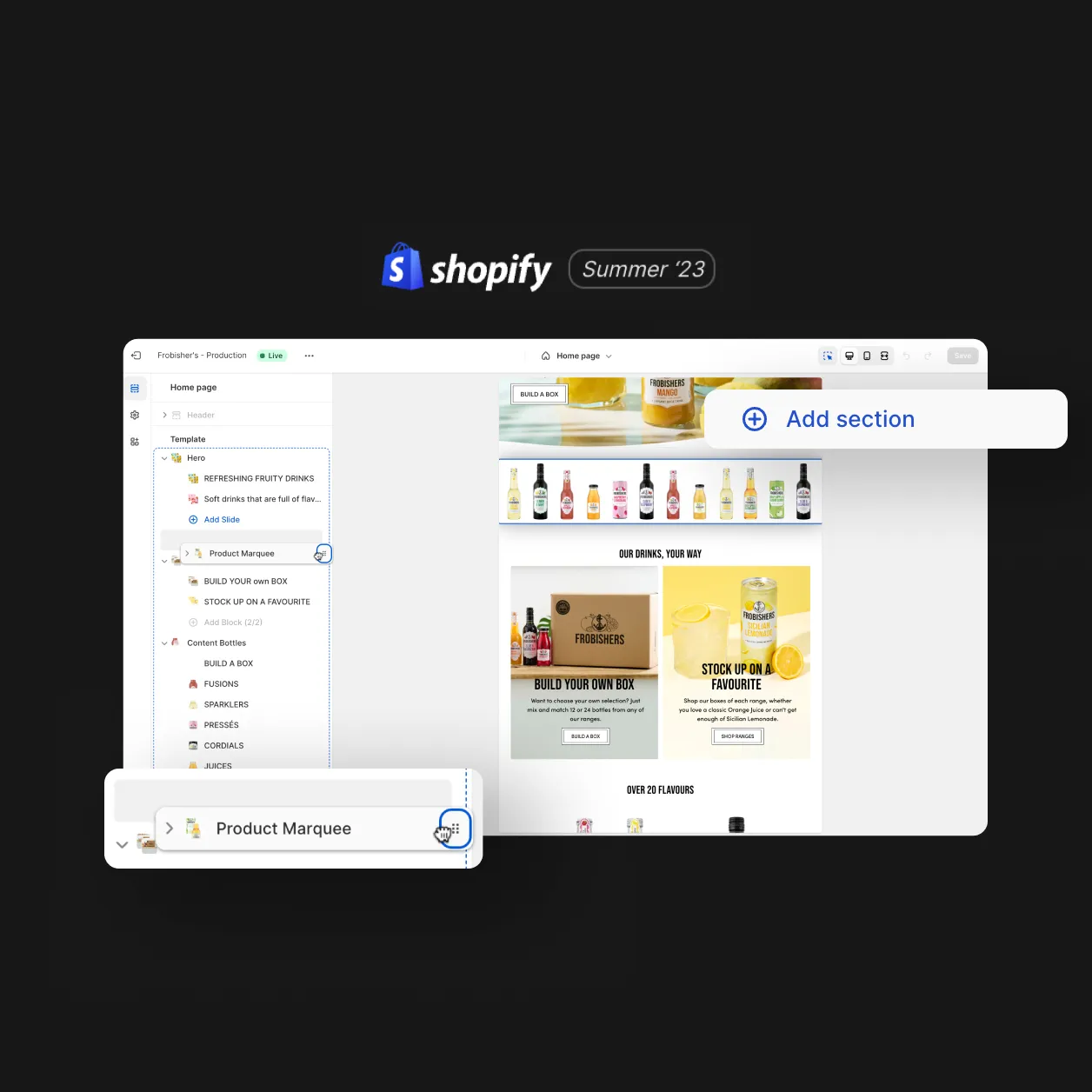
We have seen a huge shift in recent years towards the premise of a circular economy. An increasing number of companies are making a conscious decision to take a more informed approach to mapping out the product life cycle. This concept not only maximises a business’s potential for profit but also takes into consideration how a product can be repurposed or recycled. By extending the lifetime of a product, the need for hyperconsumerism is reduced.
For the fashion trade in particular, the step towards a circular economy is long overdue. As an industry that contributes to 10% of the global carbon dioxide emissions it is essential that businesses recognise their responsibility in making moves towards a more sustainable future.
What is the Circular Economy?
The circular economy concept encourages a collaborative approach to product development and design. By looking beyond just the cost and functionality of a product, a product’s value can be maximised, through longevity and reuse. With sustainability at the forefront this approach could be the long-term answer to companies taking positive climate action.
In this article, we will explore how this shift is being reflected in consumer habits and how the digital space, and the technology involved, is evolving to meet these new priorities.
Slowing down Fast Fashion
Consumer habits have evolved drastically and brand authenticity is fast becoming the basis for a lasting consumer/brand relationship. As consumer priorities shift towards the social and environmental impact of their purchases, brands have seen a need to respond.
As one of the main drivers of overconsumption, the fashion industry is one such industry that requires significant change. The global fashion industry to date is responsible for producing 100 billion products a year and according to Zero Waste Europe’s ‘Beyond Circular Fashion report’ sees the equivalent of a rubbish truck full of clothes being burnt or buried in landfill, every second. With a textile to textile recycling rate of only 1%, something needs to shift.
The evolution of a previously ambivalent consumer to one that prioritises the environmental impact of their purchase is finally seeing the current model in question. A desire for authenticity is seeing consumers form deeper and more emotional connections with brands that exemplify value. Fashion is no longer just seen as a form of self expression in terms of personal style but also as a reflection of personal values, as highlighted in WGSN’s The Vision 2030 report. Consumer awareness around the environmental impact of fast fashion is stimulating an on-going conversation that will continue to see sustainability at the forefront.
The rise of Fashion Rental
As well as considering the impact of production and a product’s capacity to be recycled and re-used from a material perspective, brands are looking to offer alternatives to the existing, one-off purchase lifestyle. An example of this sustainable branding can be seen within the fashion rental space, which has grown exponentially in recent years, with consumers favouring experienceship over ownership.
The predominantly linear model adopted by the fashion industry has been turned on its head with the introduction of fashion rental services. Brands across both high-street and luxury (Gucci, Matches Fashion, Selfridges & HM to name a few) are now offering this alternative to buying new.
One such brand that is embracing this new frontier of fashion is Bundlee, the UK’s first rental subscription for baby clothes. Through either a capsule or personalised plan Bundlee offers their customers a subscription service that delivers baby clothing to the door, with the ability to swap sizes as your baby grows.
Not only does this reduce clothing waste and tackle issues of space within the home but it also saves their customer money and provides access to aspirational brands that may have previously been unaffordable. Their approach: Save money, Save space, Save the planet epitomises how these rental services can do their part in a circular economy. Their subscription model engages with new technology to encourage a long-lasting relationship between brand and consumer. This, in turn, empowers the consumer’s ability to invest in these authentic relationships.

Turning the tide with Technology
We are seeing first-hand how crucial technology is in facilitating this new approach to the brand/consumer relationship. Social media platforms have given consumers a voice and are instrumental in encouraging this open narrative around purchasing habits alongside educating the consumer about the role they themselves play. According to Heuritech’s article on the relationship between technology and sustainable fashion the use of the hashtag #sustainablefashion is at a 1,000% increase from 2018.
With this new, unavoidable awareness around where products come from and where they end up, this seismic shift in consumer priorities is the biggest contributor in driving change. In fact, Technology is both facilitating the conversation and the actions taken as a result.
Alongside the role of social media, Technology platforms such as Shopify and Recharge are enabling businesses to offer new functionalities, such as subscriptions, as a response to these consumer demands. With 75% of DTC brands now offering subscriptions it is evident that this is a step that many brands are taking to improve their customer offering. By implementing a flexible and user-friendly functionality, consumers are able to take control of their own role within the fashion life cycle.
Transforming textiles
Another way in which technology is positively disrupting the environmental impact of the fashion industry is through developments in textile innovation.
Throughout a textile’s life-cycle, it will produce 5-10% of global greenhouse gas emissions, as well as contributing to being the world’s second largest consumer of water. Environmental consequences of using synthetic fibres include the use of chemicals during production, harmful microfibres being released when washed and with synthetic fibres being non-biodegradable, this only adds further to the issue of where exactly these textiles go when they are no longer in use.
Whilst awareness around the detrimental impact of the textile industry is growing, so is the demand. The need for raw materials is expected to triple by 2050. Sustainable solutions are imperative to addressing this pressing issue and biotechnology could be a part of the answer.
Technology is now being used to produce new textiles, created from a combination of existing fibres and bio-waste, as well as the development of lab-grown textiles. Biobased fibres, such as Tencel, see a fabric created from the wood pulp cellulose of eucalyptus trees. Not only are these textiles manufactured through an environmentally responsible production process but the fibres themselves are compostable and biodegradable.
An example of one brand forging their way in this new space is sustainable and innovative luxury home brand Kuroa, who use Tencel to create their bedsheets.
Their products are both an answer to a conscious, circular purchase but also a superior product in terms of the fabric’s properties. Kuroa’s Tencel bedsheets are soft, breathable and hypoallergenic, as well as having cooling properties through the moisture wicking capabilities of the fabric. By utilising the unique properties of this fabric, Kuroa are a noteworthy example of a brand embracing these new technologies. They have seized the premise of a circular economy as an opportunity for innovation, rather than restriction.

In conclusion, there is no doubt that in order for the fashion and textile industry to navigate towards a truly environmentally focussed approach, it is essential that every detail of the product life cycle be open to scrutiny. A symbiotic partnership between technology and fashion is imperative for success.
We will continue to see accelerated technological developments across this space. From initial textile innovation to rethinking the product journey, businesses are responding to the needs of a consumer demanding change. The subscription and rental space will continue to grow, as consumer habits rapidly evolve and develop towards a propensity to buy from environmentally focussed brands.
As a specialist DTC agency, we have first hand experience working with new and existing brands on growing their online presence as well as evolving a business to effectively respond to the needs of their customers.
Our in-house team of specialists can help guide you across design, development and growth with a personalised strategy to take your brand to the next steps. Whether you are looking for a launch to exit approach or something more specific, give us a call and we can help identify the best options for you.
Design
Inspiring behaviour change through visual experiences. Our digital design services ensure instant clarity and visuals that cut-through in a cluttered market.




